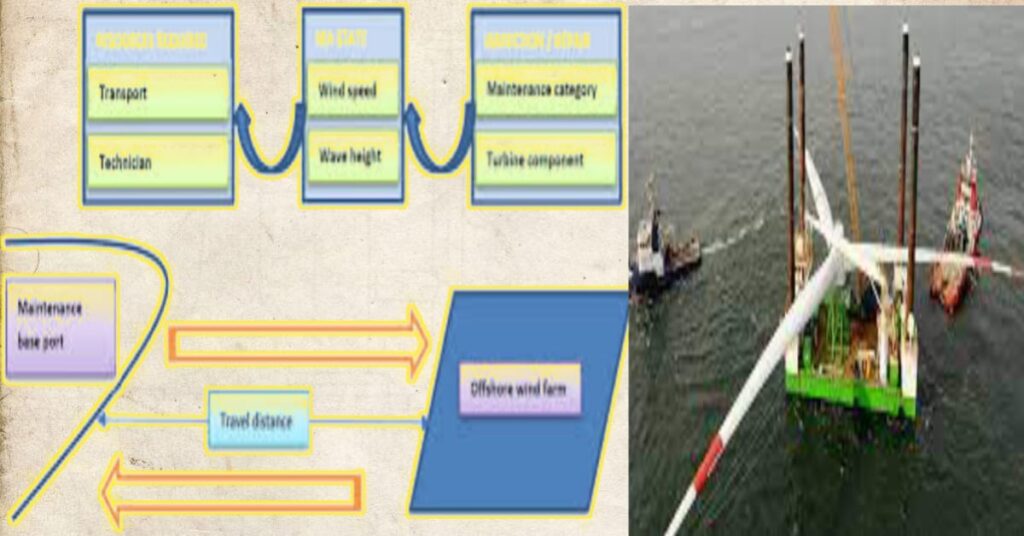Objective:
The purpose of this comprehensive offshore wind management plan is to establish a systematic approach to identify, assess, and mitigate the risks associated with wind conditions on the project site. This plan aims to safeguard the well-being of personnel, protect equipment and structures, and ensure the overall efficiency and safety of operations.
1) Site Assessment:
a. Conduct a detailed site analysis to identify prevailing wind directions and speeds.
b. Utilize historical weather data, meteorological reports, and local climate information to understand wind patterns.
c. Collaborate with meteorological experts to assess potential wind-related risks.
2) Wind thresholds:
a. Define specific wind speed thresholds for various activities and equipment operations.
b. categorize tasks based on their sensitivity to wind, establishing limits for cranes, scaffolding, and other critical operations.
c. Ensure that all personnel are aware of and trained on the established wind thresholds.
3) Monitoring Procedures:
a. Implement a real-time wind monitoring system with strategically placed anemometers.
b. Assign a dedicated team or individual responsible for continuous monitoring of on-site wind conditions.
c. Integrate automated alerts or alarms triggered by approaching or exceeding predetermined wind thresholds.
4) Communication Protocols:
a. Develop a comprehensive communication plan for disseminating wind-related information.
b. Establish clear channels for transmitting wind speed updates and alerts to all relevant personnel.
c. Designate a centralized communication point for emergency responses during adverse wind conditions.
5) Work Suspension Protocols:
a. Outline detailed procedures for suspending specific activities in response to high winds.
b. Develop a hierarchical decision-making process for stopping work, involving supervisors, safety officers, and project managers.
c. Ensure that suspension protocols are communicated clearly and promptly to all affected personnel.
What is the national offshore wind strategy?
6) Equipment and Material Securement:
a. Establish protocols for securing loose materials, tools, and equipment susceptible to wind damage.
b. Implement guidelines for stabilizing and securing cranes, scaffolding, and other tall structures during high winds.
c. Conduct regular inspections of tie-downs, fastenings, and safety measures to ensure compliance and effectiveness.

7) Training and awareness:
a. Provide comprehensive training sessions on wind-related safety protocols for all personnel.
b. Conduct regular toolbox talks, TBT workshops, and simulations to reinforce wind management procedures.
c. Ensure that all team members are familiar with emergency evacuation routes and procedures in case of severe weather conditions.
8) Emergency Response:
a. Develop a detailed emergency response plan specifically addressing wind-related incidents.
b. Establish roles and responsibilities for the emergency response team.
c. Conduct regular drills to test the effectiveness of emergency procedures and refine them as necessary.
9) Review and revision:
a. Schedule periodic reviews of the wind management plan to incorporate lessons learned and address any changes in site conditions.
b. Update the plan based on project progress, evolving safety requirements, and advancements in wind management technology.
c. Encourage feedback from on-site personnel to continually improve the plan’s effectiveness and relevance.
This wind management plan is a dynamic document intended to evolve with the project’s needs and changing conditions. It is crucial that all personnel understand and adhere to the outlined protocols to maintain a safe and productive working environment. Continuous training, communication, and feedback mechanisms will be integral to the success of this plan.